Description
8.5 x 11 Paperback, 32pp
Click here to view a PDF of the Calendar
The calendar features the awesome post-realistic paintings of Yossi Rosenstein of Bnei Brak, Israel, whose acclaimed works focus on Biblical themes based on events such as The Exodus or the Holiday Ascent to Jerusalem as well as the theme of “People of the Book.” Among the Rosenstein paintings in the calendar are powerful depictions of the Bnei Yisrael, The Children of Israel, in what appears to be the Sinai or Judean mountains and deserts. We see them worshipping as a people although their faces and bodies are not shown. In another painting, torrents of water gush out of an enormous rock, at least 10 stories high, presumably to quench the thirst of more than three million Hebrews who left Egypt while a Moses-like figure stands near the rock with staff and arms outstretched.
In a third painting, we see a black-hatted figure like a Lubavitcher chassid playing a concert grand piano on the shores of a river although we don’t see his face. Rising to the heavens from the piano is the curled-up piano keyboard. The caption reads, “Great is the power of a melody for it reaches into the higher spiritual realms.” In a fourth, we see over a thousand sifrei Torah, Torah scrolls, perched like people on the desert-floor landings. On the side is a gigantic mountain Torah scroll wrapped in a mountain-sized talit (prayer shawl).
Mr. Rosenstein, reached on his mobile phone in B’nei Brak, described his paintings as “symbolic art.” He believes he is the first Jew to engage in the genre of symbolic art on Torah themes. “There were no Jews doing this kind of art,” he said. In the late 70’s, he recalled, the Lubavitcher Rebbe examined a catalogue with his paintings and approvingly remarked in Hebrew, “It is high time that the visual arts were redeemed.”
Mr. Rosenstein says his symbolisms complement the Torah, which are both unspecific. The Torah, he explained, does not describe people’s features or their clothes, except for the high priest, the look of their homes or the surrounding terrain. Apparently, he theorizes, Hashem wanted to keep these images mysterious so that each child or Torah student would envisage for himself the appearance of Moshe Rabbeinu, say, or what the scene of Abraham ushering in the three angels looked like. Rosenstein said he has worked to maintain that quality of mystery in depicting scenes related to the holy Torah.
The artist said his family lived in Israel for nine generations. Born in Jerusalem, he attended a number of prominent yeshivot and received his semicha (ordination) as rabbi. He said his greatest joy was to open a new avenue for ba’alei teshuva (returnees to the faith). “I want to help bring back our people through the language of art,” he said. “My art is an instrument of bringing back those who got lost.”
The front cover shows a figure blowing a shofar (ram’s horn) surrounded by mountains, ravines, the Kotel, smoke rising to the clouds, men wrapped in talletim and people in awe and prayer. It is a fascinating m?lange of derivative Exodus scenes. Yet notwithstanding Rosenstein’s works, the calendar is still dominated by the Lubavitcher Rebbe, who founded FREE in 1969 at a time when the exodus from Russia was but a trickle.
Only logged in customers who have purchased this product may leave a review.


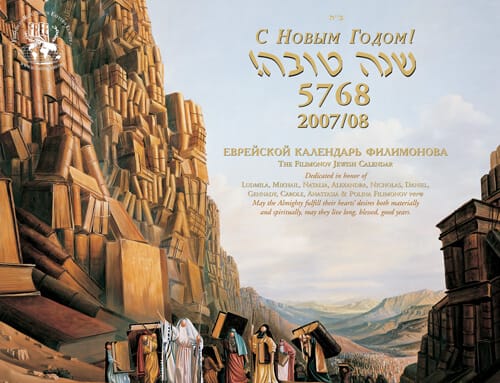
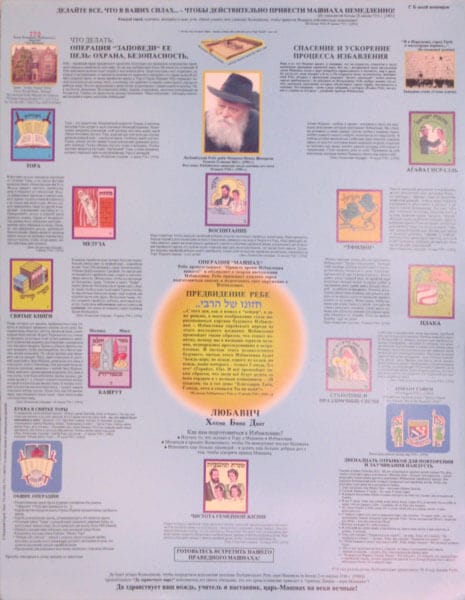
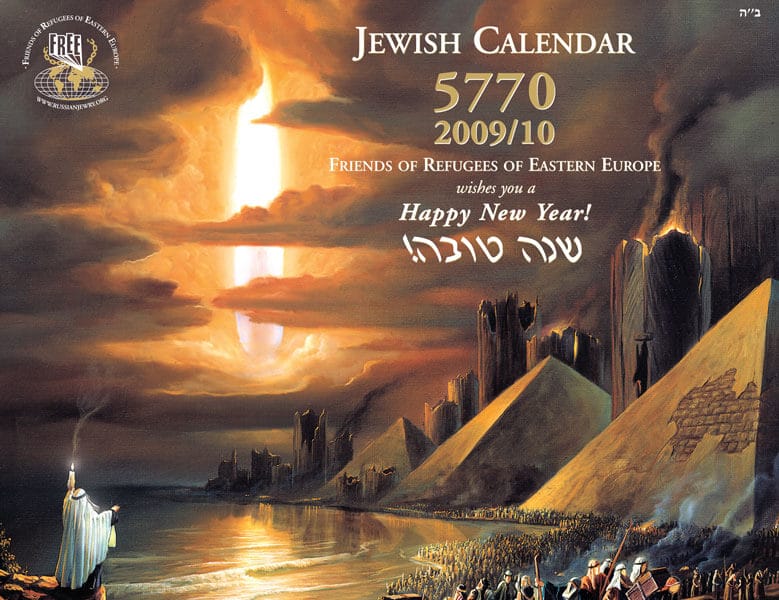

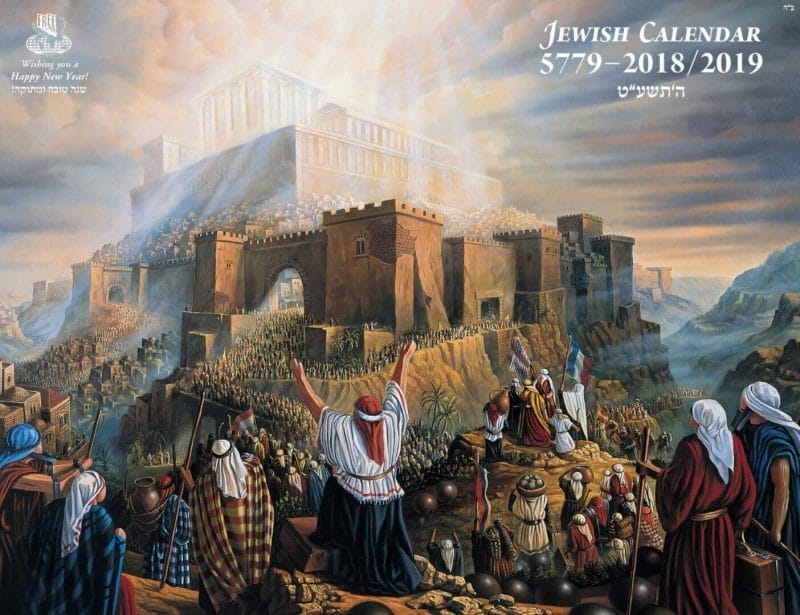

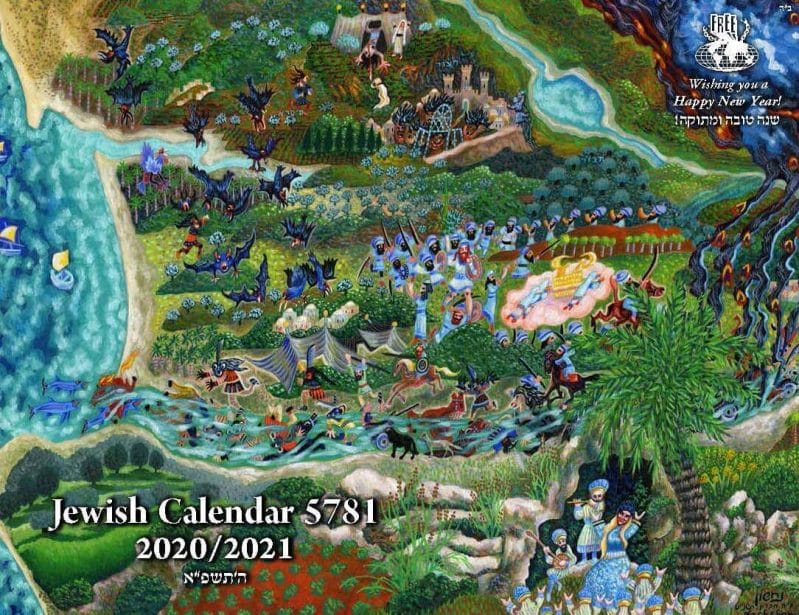
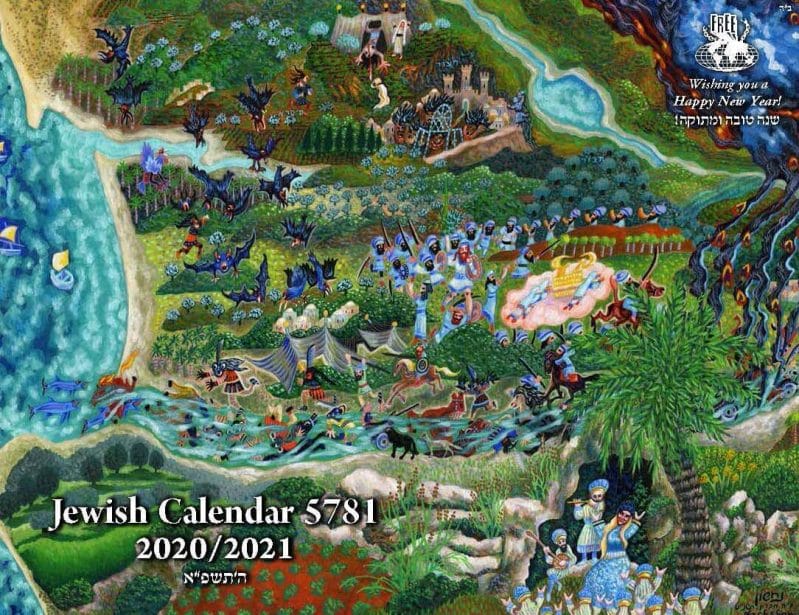
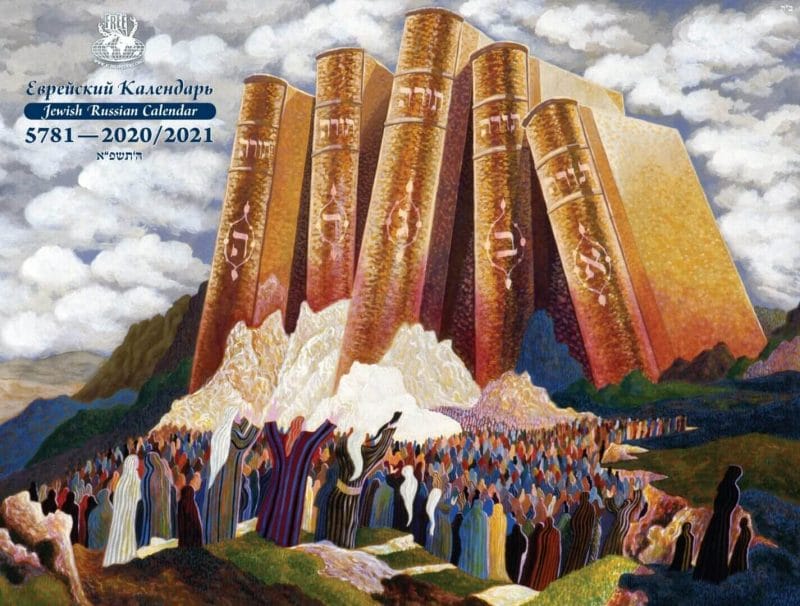

Reviews
There are no reviews yet.